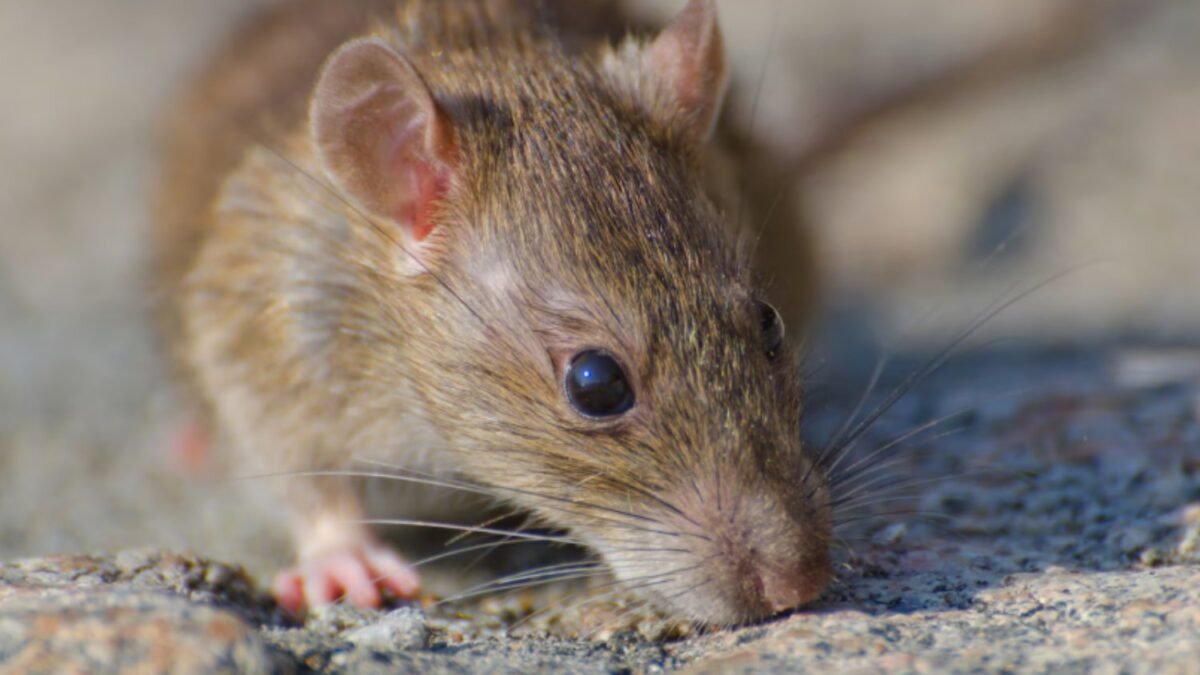Unveiling the Evolutionary Advantage of Flat Nails in Rodents

When we think of rodents, we usually focus on their constantly growing incisor teeth. However, a much lesser-known trait could be the key to their huge evolutionary success: flat nails on their thumbs. A meticulous analysis of historical specimens has shown that this anatomical detail favored their dexterity and adaptability. Far from being anecdotal, this finding explains how these small mammals conquered almost all ecosystems on the planet.
A discovery based on historical collections
Researchers at the Field Museum in Chicago examined – out of a total of 530 – and found that 86% had flat nails on their thumbs. This work, led by Rafaela Missagia and Anderson Feijó, demonstrates that the characteristic is much more widespread than previously thought. The analysis of preserved specimens allowed tracing the evolution of this trait over millions of years.

From feeding to diversification
Rodents with flat nails skillfully manipulate complex foods, such as nuts or seeds, while those without them – such as guinea pigs – are limited to using their mouths. This manual ability allowed them to exploit resources inaccessible to other animals and favored their diversification in multiple habitats. In other words, a simple nail opened the door to a range of ecological opportunities.
Evolutionary convergence with primates
It’s because of their paws that rodents can stay firm on any surface! The study indicates that all modern rodents descend from an ancestor with flat nails on their thumbs. This trait surprisingly brought them closer to primates, which also have nails instead of claws, although both lines developed it independently. The coincidence reflects a clear case of convergent evolution: different species find similar solutions to similar challenges.






